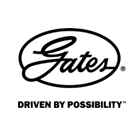
Gates v-belts have been designed to run maintenance-free, keeping your downtime to a minimum. They are resistant to wear, corrosion and heat for long-lasting performance in even the harshest of environments.
High tensile strength coupled with high levels of drive efficiency make Gates v-belts a popular choice in many applications.
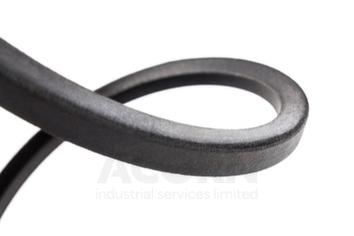


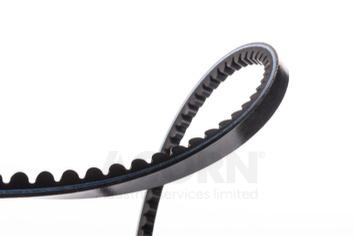
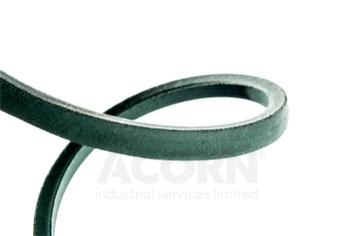


The first v-belt was pioneered in around 1917 by John Gates, a partner in the Gates Rubber Company. At the time, this was a revolutionary concept which changed automotive power transmission forever.
Over a century later, v-belts remain one of the most popular types of industrial belts and are used across every industry and in every country of the world to power some of the globe’s most critical machinery.
If you need help selecting the right v-belt for your power transmission application, contact our power transmission experts for no-obligation advice.


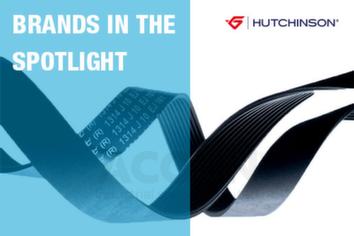
When selecting a V-belt, consider the load requirements, pulley size, speed, operating environment, and the type of machinery. Gates provides tools and technical resources to help in the selection process.
The replacement interval depends on the application and operating conditions. Regular inspections should be carried out, and belts should be replaced if signs of wear, cracking, or stretching are observed.
Yes, Gates V-belts are designed to handle a wide range of temperatures and harsh conditions, with options available for high-temperature and oil-resistant environments.
Classic V-belts have a wider cross-section, while narrow V-belts (such as Super HC® belts) have a more compact design, allowing them to transmit the same amount of power in less space and with higher efficiency.